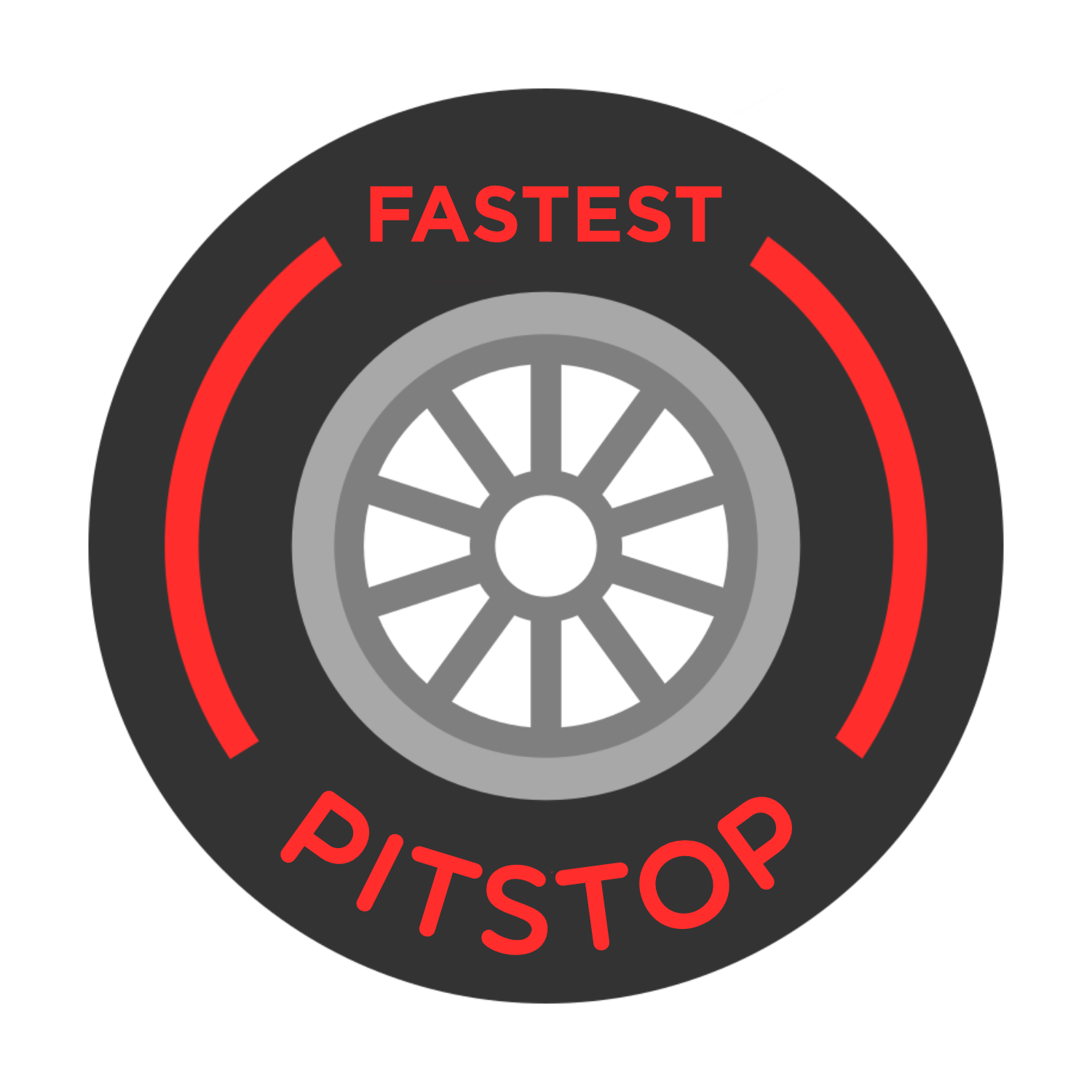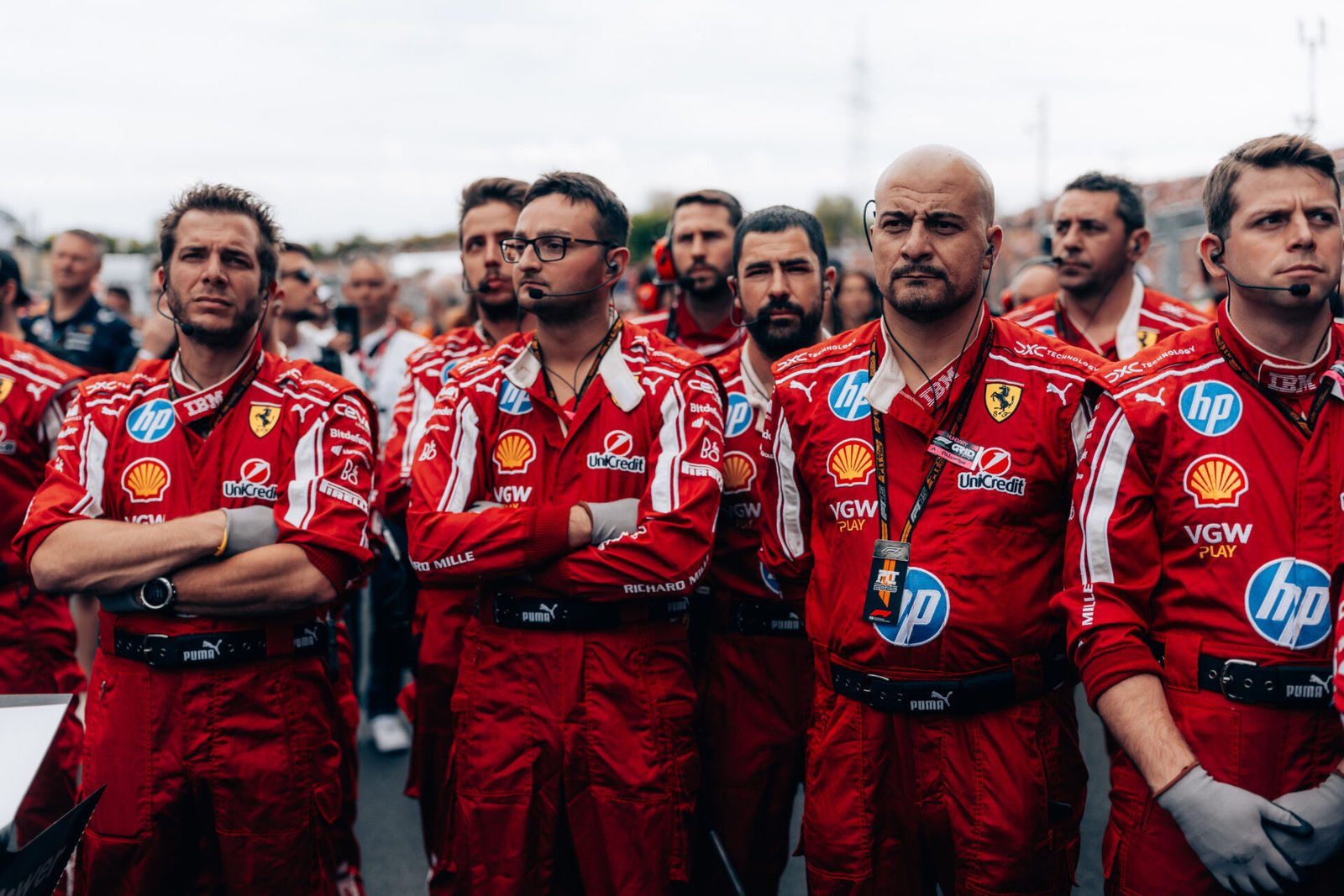The 2025 Hungarian Grand Prix delivered another frustrating chapter in Charles Leclerc‘s 2025 season. His Ferrari SF-25 became “completely undriveable” during the final stint, with the Monegasque driver losing nearly eight-tenths per lap in performance. This sudden drop left fans and analysts searching for answers across the paddock.
Former racing driver Alex Brundle has developed a compelling technical theory connecting these struggles to the ongoing Ferrari issue with excessive plank wear. His analysis aligns with Leclerc’s own comments about the car’s problems. The Hungaroring’s unique demands appear to have exposed fundamental limitations in Ferrari’s car design.
Alex Brundle’s theory points to a major plank wear crisis for Ferrari
Alex Brundle’s technical assessment points to plank wear as the primary culprit behind Ferrari’s Hungary woes. The wooden skid block mounted beneath F1 cars serves as a critical legality check, requiring less than 1mm of wear after each race.
Ferrari has grappled with this issue throughout the season. At the Chinese Grand Prix earlier this year in March, Lewis Hamilton was disqualified as a result of excessive plank wear, revealing this is a long-term issue for Ferrari.
The Hungaroring only worsened this particular challenge for the Italian team. Unlike circuits featuring long straights, Hungary’s continuous corners keep cars pressed firmly against the track surface. This maximises contact with the plank throughout each lap. The circuit’s notorious kerbs, particularly in the final sector, further exacerbated the wear issues.
Theoretical thread on the Ferrari problem for Leclerc at the end of Hungary leading on from some comments from George Russell in the pen:
– Ferrari have routinely suffered with plank wear throughout the season.
– The car is at it’s lowest ride height on a low gauge (worn) and…
— Alex Brundle (@AlexBrundle) August 4, 2025
Ferrari implemented several countermeasures that came at a significant performance cost. The team reduced engine power on straights, sacrificing crucial straight-line speed. They also increased tire pressures to lift the chassis slightly, which created the handling imbalance Charles Leclerc reported.
These adjustments forced Ferrari to abandon its preferred one-stop strategy. Worn tyres would have worsened plank contact and exasperated the issue. So, the team were compelled to change their strategy and stop twice.
Brundle noted that the combination of straight-line speed loss coupled with sudden handling issues typically points to plank wear problems. His analysis explains why Leclerc’s car transformed from competitive to unmanageable during the race’s critical final stages.
The unseen factors
While Brundle’s theory explains the core issue, additional factors likely contributed to Ferrari’s struggles. Leclerc’s mention of an unseen technical fault suggests a more complex scenario than simple plank wear. Team telemetry reportedly showed anomalies beginning around Lap 57, coinciding exactly with the performance drop.
Progressive floor damage may have worsened the plank wear beyond Ferrari’s predictions. Even minor contact with Hungary’s aggressive kerbs could have caused this. The constant punishment from the circuit’s bumps might have also affected suspension components, subtly altering the car’s ride height characteristics during the race.
These technical challenges carry significant implications for Ferrari’s championship aspirations. Upcoming high-downforce circuits like Singapore could present similar problems if left unresolved. Leclerc’s frustration was evident in his post-race comments about fighting the car too often despite having a competitive pace.
As the season moves into the summer break, the focus will be on whether Ferrari can translate technical analysis into effective solutions. The team must address these fundamental issues quickly to prevent further lost opportunities in their championship campaign.












